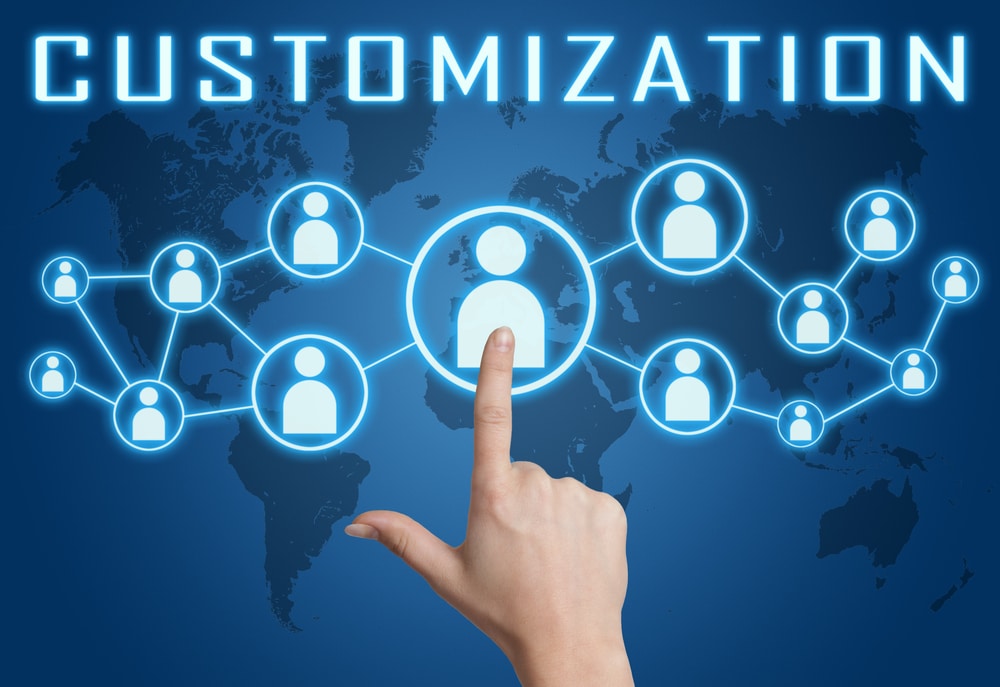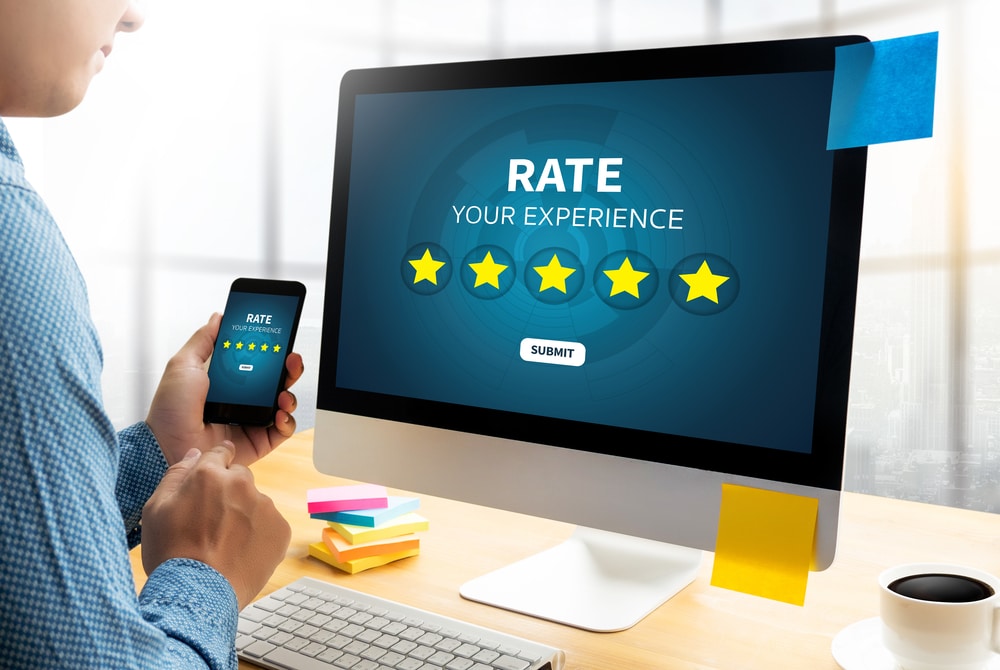Storytelling is the art of conveying a narrative in a compelling and engaging manner. It has been an essential part of human communication since ancient times and is still relevant in today’s world. With the advancement of technology, storytelling has evolved, and one of the emerging trends is the use of AI storyboard generators.

What is Storytelling?
What is Storytelling? Storytelling is the art of conveying events, emotions, or information through a narrative. It encompasses various forms, such as oral traditions, written literature, and digital media. Storytelling serves as a powerful tool for communication, entertainment, and education, shaping cultures and preserving history.
Why is Storytelling Important?
Storytelling is crucial for engaging audiences, conveying emotions, and simplifying complex information. It fosters connections, making content memorable and relatable, ultimately driving impactful communication.
What is an AI Storyboard Generator?
An AI storyboard generator is a powerful tool that harnesses artificial intelligence to produce visual depictions of a story or narrative. It simplifies the task of transforming a script or text-based story into a series of images, providing valuable assistance to filmmakers, writers, and content creators in visualizing their concepts. These generators utilize algorithms to examine the input and produce relevant visual components, simplifying the storytelling process and fostering creativity.
How Does an AI Storyboard Generator Work?
An AI storyboard generator utilizes advanced algorithms to transform written or spoken narratives into visual representations. This process involves:
- Analyzing the story’s key elements and structure.
- Identifying characters, settings, and plot points.
- Generating corresponding visual scenes and layouts.
- Offering customization options for visuals and styles.
What Are the Benefits of Using an AI Storyboard Generator for Storytelling?
Using an AI storyboard generator for storytelling offers numerous benefits. It saves time and effort by streamlining the storyboard creation process. Additionally, it provides a vast array of visual options, enhancing the overall storytelling experience. The tool also allows for easy customization to cater to specific storytelling needs, promoting flexibility and creativity in storytelling endeavors.
Pro-tip: When selecting an AI storyboard generator, prioritize one that offers a user-friendly interface and ample customization options to elevate your storytelling process.
Tips for Using an AI Storyboard Generator for Storytelling
As technology continues to advance, so do the tools available for storytelling. One such tool is the AI storyboard generator, which uses artificial intelligence to help create visual representations of a story. But how can you effectively use this tool to enhance your storytelling skills? In this section, we will discuss key tips for utilizing an AI storyboard generator in your storytelling process. From understanding your audience to incorporating emotions and conflict, these tips will help you create engaging and impactful stories.
1. Understand Your Audience
- Analyze the demographics, interests, and preferences of your audience.
- Research psychographics to gain a deeper understanding of their values and motivations.
- Conduct surveys or interviews to directly gather feedback from your audience.
- Utilize analytics tools to track their engagement and behavior.
- Create audience personas based on the data collected.
2. Use a Variety of Visuals
- Utilize diverse types of visuals, such as illustrations, photographs, infographics, and videos, to create engaging and visually appealing storyboards that incorporate a variety of visuals.
3. Incorporate Emotions and Conflict
- Understand the emotional journey: Identify the key emotions you want to evoke and the conflicts you want to resolve in the story.
- Create relatable characters: Develop characters with realistic emotions and believable conflicts to engage the audience.
- Weave emotional arcs: Craft a narrative that builds emotional tension, leading to a resolution of conflicts for a compelling story that incorporates emotions and conflict.
- Balance emotions and conflict: Ensure a harmonious blend of emotions and conflict to maintain audience engagement throughout the story.
4. Keep it Simple and Concise
- Use clear and straightforward language.
- Avoid unnecessary details and complex explanations.
- Focus on key points to effectively convey the message.
- Utilize visual aids to enhance understanding.
Did you know that keeping content simple and concise improves audience engagement?
5. Use Story Elements
- Character: Define a central character or protagonist who plays a crucial role in your narrative.
- Setting: Establish the environment or backdrop where the story unfolds, creating a vivid and immersive atmosphere.
- Plot: Develop a sequence of events that form the core structure of your story, ensuring a compelling and engaging storyline.
- Conflict: Introduce obstacles and challenges that add tension and captivate the audience, driving the narrative forward.
- Theme: Define the central idea or message that provides depth and meaning to your story, offering a cohesive and purposeful narrative.
6. Collaborate with Others
- Include team members from diverse backgrounds and expertise to enrich the story of collaboration.
- Utilize collaborative platforms like Trello or Asana to brainstorm and share ideas for effective teamwork.
- Allocate specific roles and tasks to team members for a coherent and efficient storytelling process.
- Seek feedback and input from colleagues to refine the narrative and ensure a well-rounded story of collaboration.
How to Choose the Right AI Storyboard Generator for Your Needs?
As the use of AI storyboard generators continues to rise, it can be overwhelming to choose the right one for your specific needs. In this section, we will discuss five important factors to consider when selecting an AI storyboard generator. From budget to user interface, customization options to user feedback, we’ll cover everything you need to know to make an informed decision. So, let’s get started on finding the perfect AI storyboard generator for you.
1. Consider Your Budget

- Assess your financial resources and consider your budget.
- Evaluate the costs of different AI storyboard generators.
- Compare pricing plans and features offered by various providers.
- Factor in any additional expenses for customizations or upgrades.
- Determine the most cost-effective option that aligns with your storytelling needs.
2. Look for User-Friendly Interface

When searching for a user-friendly interface, it is important to consider a few key factors:
- Intuitive design and navigation
- Clear instructions for use
- Accessible support and tutorials
- Customizable features
- Compatibility with various devices
3. Check for Customization Options

- Consider the level of customization: Look for AI storyboard generators that offer a range of customization options, such as the ability to adjust visuals, add text, and personalize the storyboard to suit your specific storytelling needs.
- Assess template flexibility: Check if the tool provides a variety of templates and themes that can be tailored to align with your storytelling style and the narrative you wish to convey.
- Review interactive features: Opt for generators with interactive features that allow you to modify elements like characters, backgrounds, and scenes to create a unique and engaging story.
4. Read Reviews and Testimonials

- Check online platforms for user feedback on different AI storyboard generators.
- Look for testimonials from professionals in the storytelling or content creation industry.
- Consider reviews and testimonials that highlight the ease of use, level of customization, and overall satisfaction with the AI storyboard generator.
- Verify the credibility of the sources providing the reviews and testimonials to ensure their authenticity.
5. Try Out Different Options
- Consider different AI storyboard generators based on features like customization options, user-friendliness, and available templates.
- Explore various AI storyboard tools to compare their interface, functionality, and suitability for your specific storytelling needs.
- Test out multiple AI storyboard generators to assess their ability to streamline your storytelling process and enhance creative output.
In conclusion, storytelling using AI storyboard generators can be a powerful tool for businesses and content creators. By understanding your audience, using a variety of visuals, and choosing the right tool, you can create compelling and impactful stories that resonate with your audience. So, don’t be afraid to explore and experiment with this technology to take your storytelling to the next level.
Key Takeaways:
- Understand your audience and tailor your story accordingly when using AI storyboard generators.
- Incorporate a variety of visuals, emotions, and conflict into your story for a more engaging and impactful narrative.
- When choosing an AI storyboard generator, consider budget, user-friendliness, and customization options, and read reviews to find the right fit for your needs.
Frequently Asked Questions
How can I enhance my creativity while using AI storyboard generators?
To enhance your creativity while using AI storyboard generators, here are eight tips to follow: 1) Collect visual references for inspiration, 2) Use a mood board to set the project’s vibe, 3) Utilize the text to script generator for a detailed story roadmap, 4) Experiment with different camera angles to create visually engaging shots, 5) Incorporate sound effects to evoke emotion, 6) Incorporate character interactions to add depth to the narrative flow, 7) Use rough drawings as a visual guide, and 8) Allow for team collaboration to gather different creative concepts.
What are the benefits of using AI storyboard generators in the pre-production process?
Using AI storyboard generators in the pre-production process offers several benefits, including 1) Time-saving by quick generating tools, 2) Enhancement of visual clarity through quality outputs, 3) Coherent execution of project goals with a cohesive foundation, 4) Accurate understanding of the project’s concept through generated images, 5) Efficient team collaboration with instant visual feedback, and 6) Cost-effective, especially for small budget projects.
How can AI storyboard generators be used to create visually engaging posters or graphics?
AI storyboard generators can be used to create visually engaging posters or graphics by following these five simple steps: 1) Choose an AI storyboard generator tool such as StoryboardHero, Boords, or Elai, 2) Generate and modify AI images to fit your project’s vision, 3) Add text overlays to enhance the message, 4) Break scenes into comic book frames for a visually appealing look, and 5) Customize avatars or characters to represent your project’s details.
What are the key features of the top AI storyboard generator tool, StoryboardHero?
StoryboardHero is one of the top AI storyboard generator tools available, and its key features include 1) AI-generated and customizable images, 2) Support from human sketch artists for intricate details, 3) Remote collaboration and instant visual feedback, 4) Specific features for storyboarding, such as camera angles and animation, and 5) Ability to generate scripts and convert them into videos.
What is the role of AI in the process of creating visually engaging storyboards for videos?
AI plays a crucial role in the process of creating visually engaging storyboards for videos by providing technological innovation and efficiency. It allows for quick and accurate generation of images and storyboards, saving time and effort. It also provides a variety of options for camera angles, character movements, and visuals, enhancing the overall quality of the storyboard. Additionally, AI-powered tools offer endless patience and creativity, making the storyboard creation process more accessible for video creators, businesses, and marketers.
Can AI-powered storyboard generators be used for different types of video content?
Yes, AI-powered storyboard generators can be used for various types of video content, including marketing videos, 2D animations, graphic novels, and more. These tools offer customizable features, allowing for the creation of storyboards for different video styles and projects. Whether it’s a short 2-minute video or a full-length feature film, AI storyboard generators can effectively assist in creating a compelling representation of the project’s vision.
